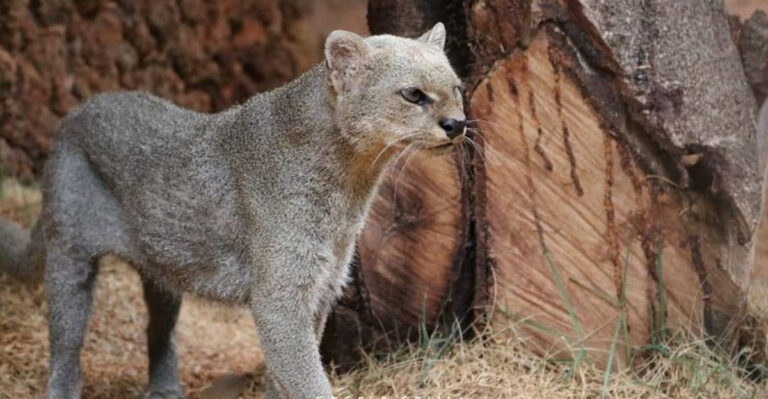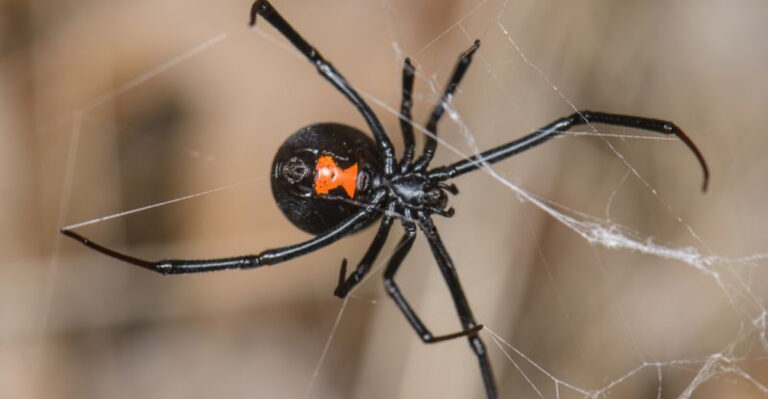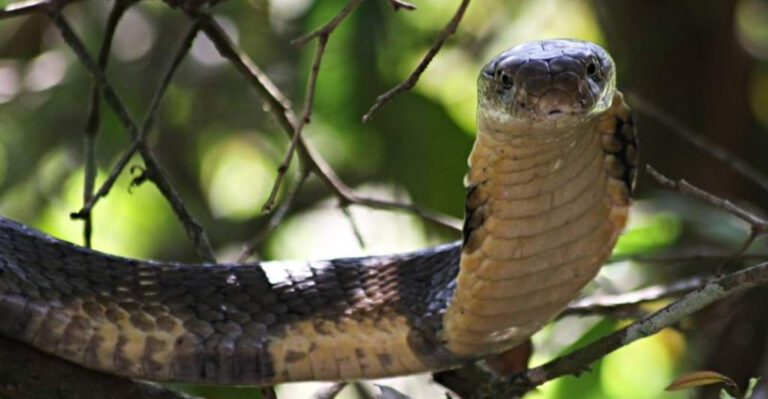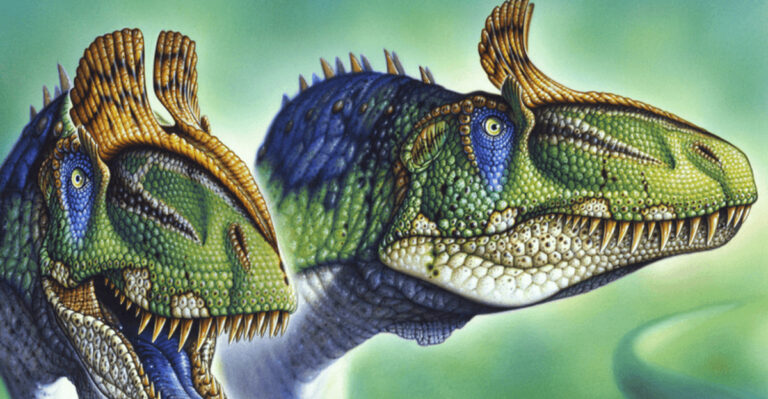14 New Discoveries About Animal Brains And What They Reveal About Ours

Animal brains are more incredible than we ever imagined! Scientists are constantly making discoveries that show how similar animal brains are to our own.
These findings help us understand not just how animals think and feel, but also unlock mysteries about human brains. From octopuses to elephants, what we learn from our animal friends might surprise you.
1. Octopus Intelligence And Problem-Solving
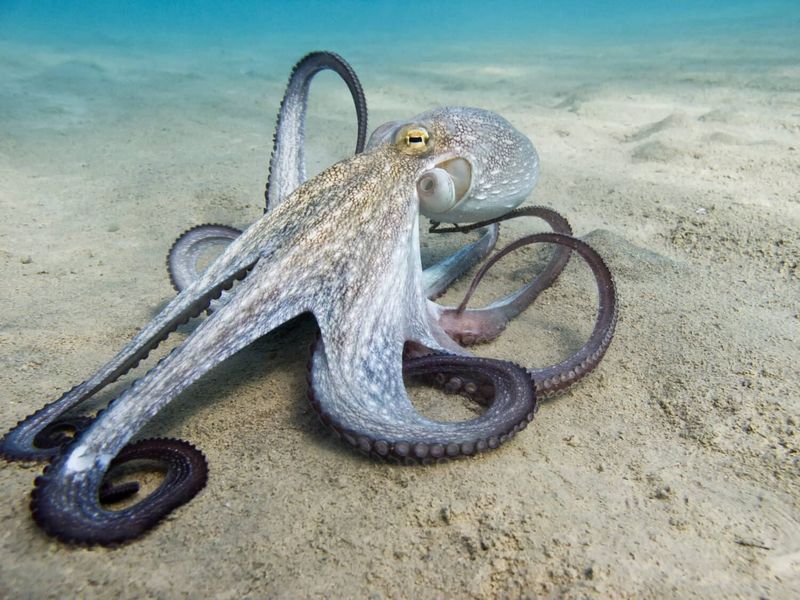
Scientists were amazed when octopuses solved complex puzzles by remembering solutions and applying them to new situations.
Their distributed brain system—with two-thirds of neurons in their arms—works differently than our centralized brain. Yet they demonstrate learning abilities comparable to mammals, suggesting intelligence evolved through multiple pathways.
2. Dolphin Communication And Human-Like Cognition
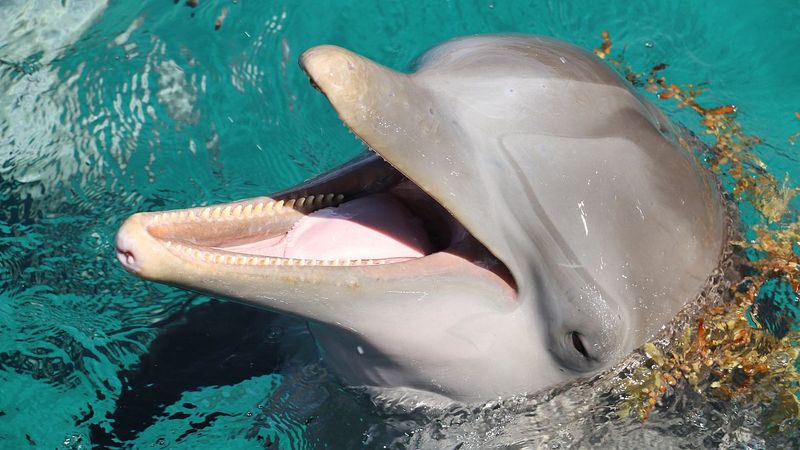
Dolphins don’t just communicate—they have unique whistles serving as names for individuals in their pod!
Recent research captured dolphins engaging in complex conversations with sentence-like structures. Their brain’s language areas mirror human language centers, suggesting our communication systems evolved along parallel paths despite different environments.
3. Elephant Memory And Emotional Intelligence

Elephants recognize family members they haven’t seen for decades—even remembering those who’ve died. Their temporal lobes, which process emotions and memories, are proportionally larger than humans’!
Researchers found elephants console distressed herdmates, offering trunk touches that reduce stress hormones—similar to human hugs during tough times.
4. Crows And Tool Use: Implications For Human Evolution
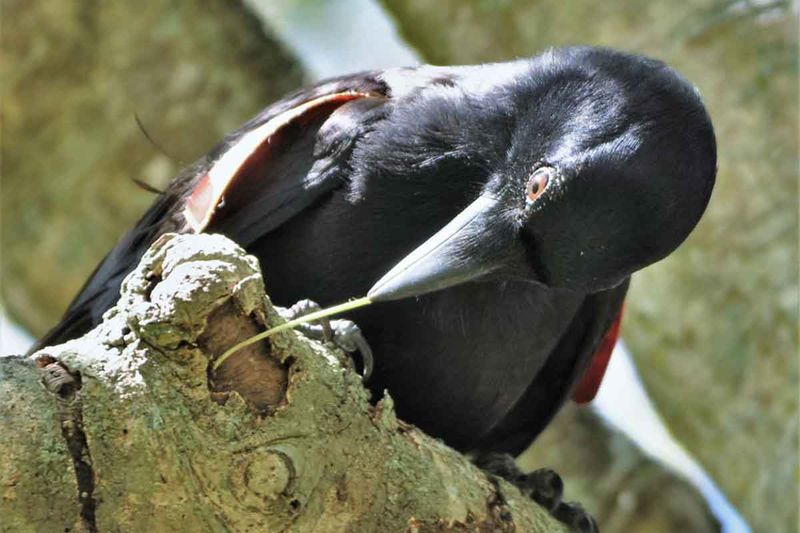
A crow bending wire into hooks to fish food from tubes stunned researchers worldwide. These birds don’t just use tools—they design them!
Their brains pack neurons more densely than mammal brains, achieving complex thinking with smaller brain size. This challenges our assumptions about brain size and intelligence throughout evolutionary history.
5. The Role Of Sleep In Fish Brains

Contrary to popular belief, fish actually sleep! Zebrafish studies revealed sleep cycles remarkably similar to humans, with periods resembling our REM sleep.
When deprived of sleep, fish show memory problems and altered brain activity patterns just like we do. This suggests sleep’s critical brain function evolved over 450 million years ago.
6. Mice And The Brain’s Social Network
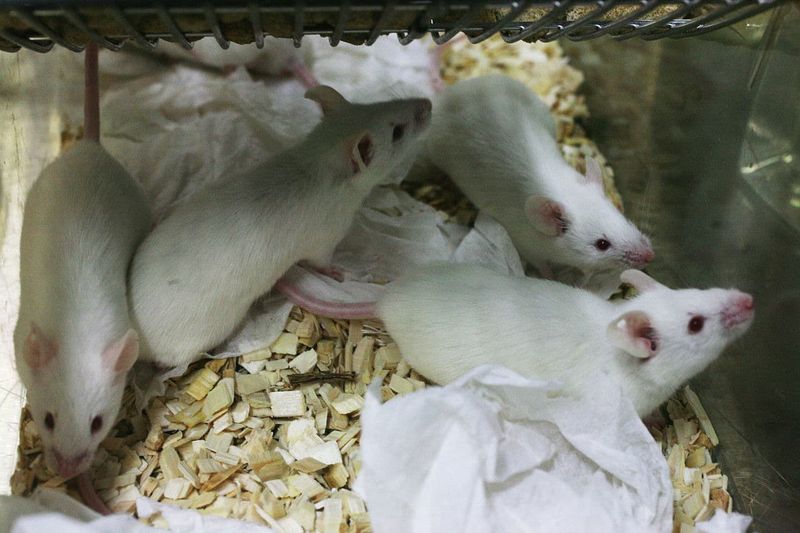
When a mouse watches another mouse in pain, its brain activates the same regions that would fire if it felt the pain itself!
This mirror-like response happens in the anterior cingulate cortex—the exact area that governs human empathy. Scientists can even increase or decrease mouse empathy by targeting specific neurons, offering pathways to understand human conditions.
7. Birdsong And The Development Of Human Language

Young songbirds learn tunes through a process remarkably similar to how babies learn to talk. They babble, practice, and refine their songs through feedback!
Researchers discovered that birds’ brain circuits for song learning contain FOXP2—the same gene linked to human speech disorders. This connection offers insights into language evolution across vastly different species.
8. Dolphins And Self-Recognition

Place a mirror near a dolphin and something magical happens—they recognize themselves! They’ll inspect marks placed on their bodies, showing self-awareness once thought unique to humans.
MRI studies reveal dolphins possess von Economo neurons—specialized brain cells previously only found in humans, great apes, and elephants—suggesting convergent evolution of consciousness.
9. The Complexity Of Bee Brains And Decision-Making
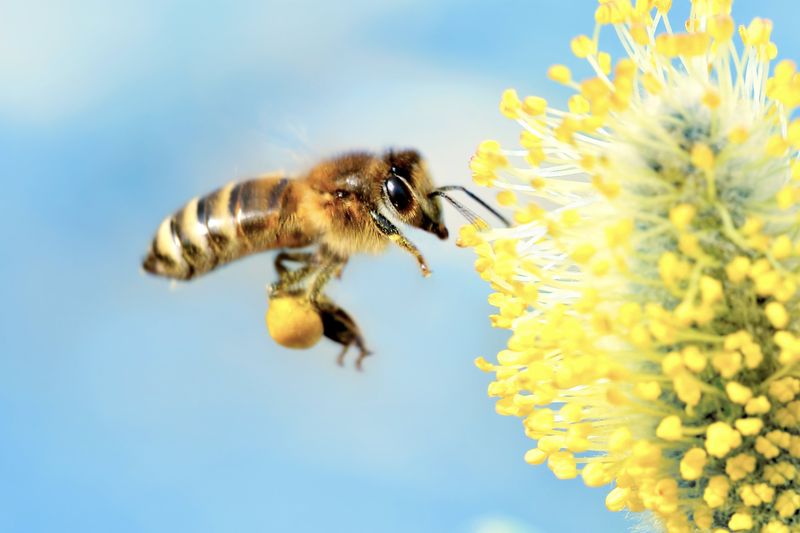
Despite having brains smaller than a sesame seed, bees make complex decisions with remarkable accuracy! When foraging, they calculate optimal routes between flowers—solving complex math problems that would challenge computers.
Their tiny brains use a decision-making process called “quorum sensing” that resembles how human brain cells reach consensus.
10. The Brain Of A Shrimp: Unexpected Complexity

Mantis shrimp possess neural systems capable of processing information faster than any computer! Their brain can distinguish between 12 colors (humans see only 3) and detect polarized light invisible to us.
Scientists found these seemingly simple creatures have specialized brain regions for learning and memory, challenging our understanding of when complex cognition evolved.
11. The Mantis Shrimp And Color Vision
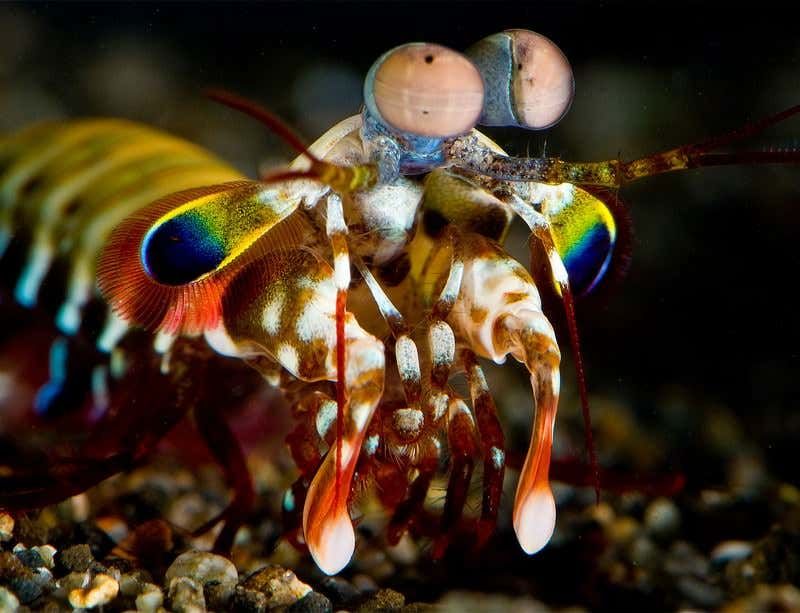
While humans have three types of color receptors, mantis shrimp boast a staggering sixteen! Yet surprisingly, they’re worse at distinguishing colors than we are.
Their visual processing takes a completely different approach—processing colors at the receptor level rather than in the brain. This discovery is inspiring new camera technologies that could revolutionize medical imaging.
12. Chimpanzees And Emotional Expression
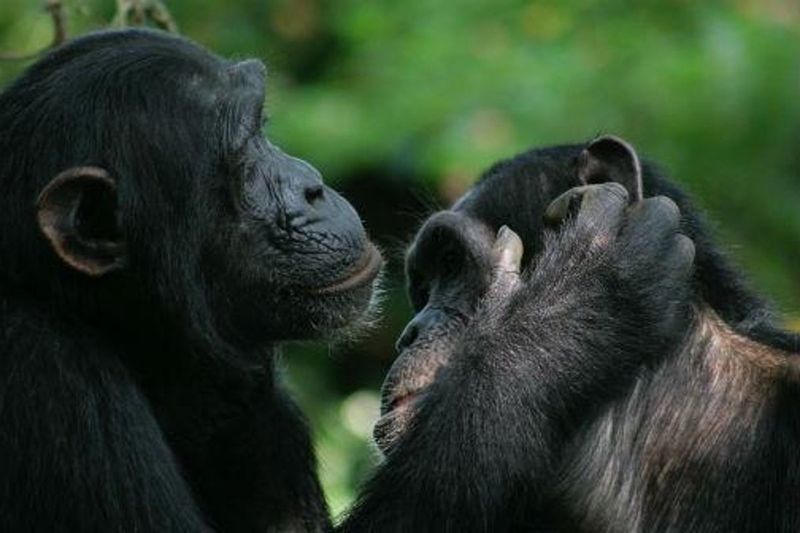
Chimps console each other after fights with hugs and grooming, showing empathy we once thought uniquely human. Brain scans reveal they process emotions through the same limbic system pathways we do!
Researchers documented 32 distinct facial expressions in chimps—more than any animal except humans—suggesting our emotional communication evolved from shared ancestral systems.
13. The Power Of Neurogenesis In Animal Brains
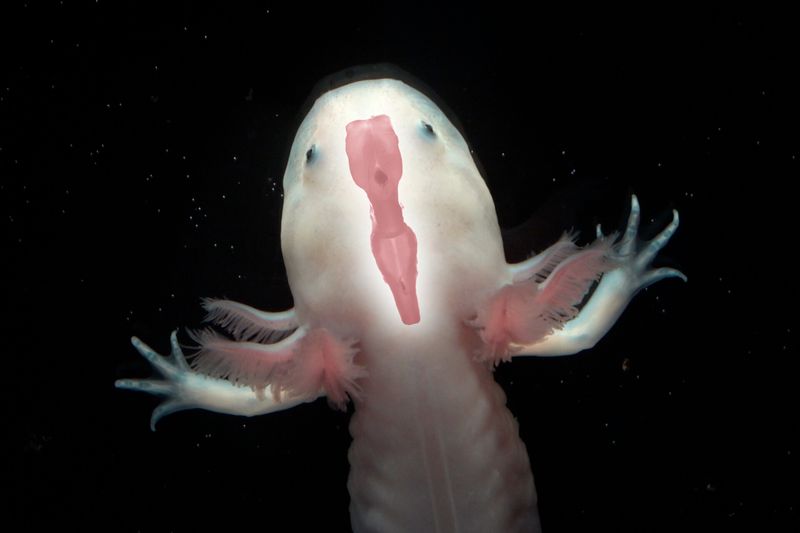
Canaries grow new brain cells every time they learn new songs! This discovery shattered the long-held belief that adult brains couldn’t generate new neurons.
Even more surprising, some animals like salamanders can regenerate entire brain sections after injury. Scientists have identified the molecular switches controlling this process, offering hope for human brain healing therapies.
14. The Role Of Mirror Neurons In Dogs

When your dog yawns after you do, it’s not coincidence—it’s mirror neurons at work! These special brain cells fire both when performing an action and when watching someone else do it.
FMRI scans show dogs’ brains activate in the same regions as humans when processing emotional sounds. This shared neural mechanism explains why dogs read our emotions so accurately.

